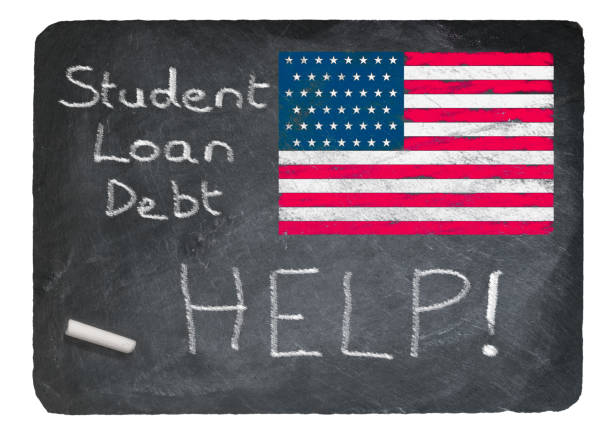Student loan debt has been one of the most pressing financial issues in the United States for decades. As education costs continue to rise, many students and graduates find themselves struggling with repayment. In 2025, new policies, repayment plans, and loan forgiveness discussions are shaping how borrowers manage their financial responsibilities. Understanding the current landscape of student loans can help individuals plan better and avoid unnecessary financial stress.
The Current State of Student Loan Debt in 2025
As of 2025, student loan debt in the USA remains a major challenge, with millions of borrowers owing thousands of dollars in federal and private loans. Although recent years have seen reforms aimed at easing the burden, such as income-driven repayment plans and extended loan forgiveness programs, many borrowers still face difficulties balancing loan payments with living expenses.
The economy, inflation rates, and job market trends also play a huge role in how manageable student debt feels. With wages not always keeping pace with rising costs, students are under pressure to find stable, well-paying jobs after graduation to stay on top of their loans.
Repayment Options Available
One of the positive developments in 2025 is the availability of more flexible repayment plans. Federal loans often allow borrowers to choose between standard repayment, extended repayment, and income-driven repayment (IDR) options. Income-driven repayment has become particularly popular, as it ties monthly payments to a borrower’s income and family size, making them more affordable.
Private student loans, however, typically offer less flexibility. While some lenders provide refinancing or consolidation, borrowers may face stricter terms and higher interest rates. This is why federal student loans are often considered the safer option for those needing flexibility.
The Role of Loan Forgiveness Programs
Loan forgiveness remains a major topic in 2025. Programs such as Public Service Loan Forgiveness (PSLF) continue to offer relief to those working in qualifying careers, including teaching, healthcare, and government roles. Additionally, new discussions around broader federal forgiveness initiatives have provided hope for many borrowers, though policies often change based on political priorities.
For many, forgiveness programs can be life-changing, but they require strict adherence to eligibility rules and consistent documentation. Borrowers must stay informed to ensure they don’t miss out on potential opportunities.
Tips for Managing Student Loan Debt
Successfully managing student loan debt requires careful planning. Creating a detailed budget is one of the first steps to staying on top of monthly payments. Borrowers should also explore refinancing opportunities if they have strong credit, as this may reduce interest rates and lower monthly obligations.
Another important strategy is to make extra payments when possible. Even small additional contributions toward the principal can shorten the loan term and save significant money over time. For those struggling, reaching out to loan servicers to discuss deferment, forbearance, or alternative repayment plans can help avoid default.
The Long-Term Impact of Student Loan Debt
Student loan debt does not just affect monthly budgets; it also influences long-term financial decisions. Many borrowers delay buying homes, starting families, or investing because of the financial pressure caused by debt. In 2025, this continues to be a concern for policymakers, as student debt impacts not only individuals but also the broader economy.
On the positive side, awareness and education about financial literacy are improving. More students are considering scholarships, grants, and community colleges to reduce borrowing, showing a shift toward smarter borrowing habits.
Final Thoughts
Student loan debt in the USA in 2025 is still a heavy burden, but progress is being made through repayment options, forgiveness programs, and increased awareness. Borrowers who take the time to understand their options and make informed financial choices can better navigate the challenges of repayment.
While there is no single solution to the student loan crisis, being proactive and financially disciplined can make a significant difference. By staying informed about new policies and exploring repayment strategies, borrowers can take control of their financial future and reduce the long-term impact of student loan debt.
